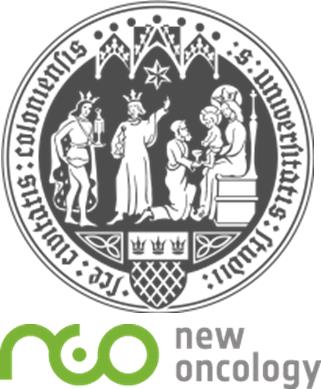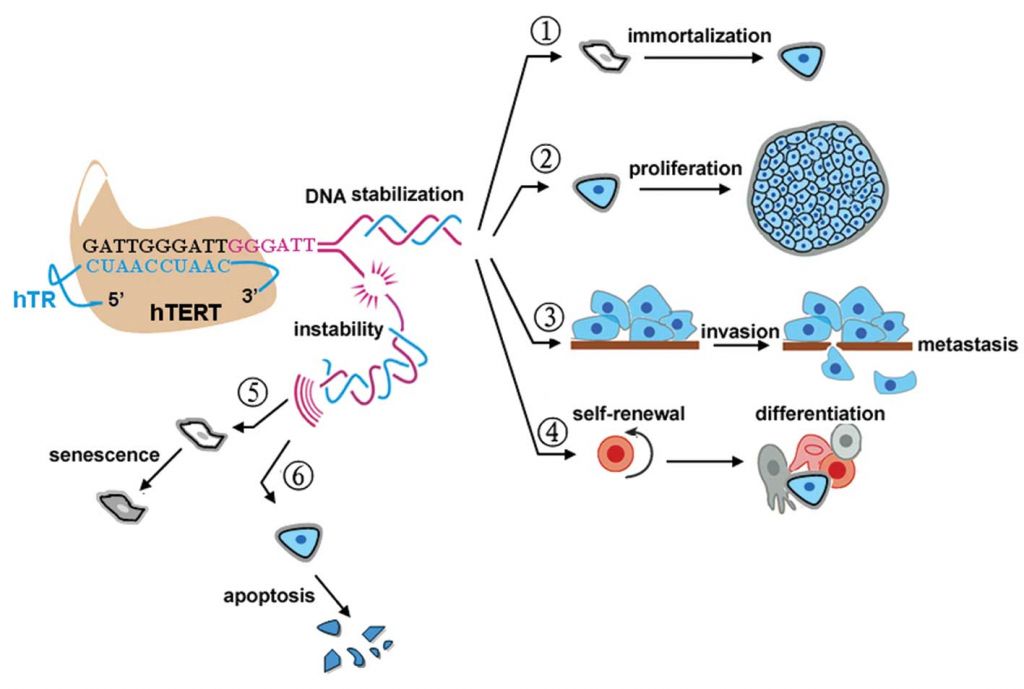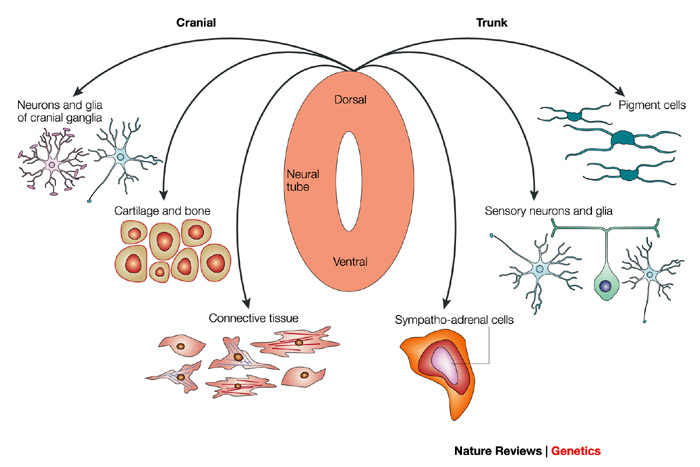New Oncology from Cologne (Germany) is a biotech which today published a paper in Nature on tumor-profile recognition of cancer of the sympathetic nervous system (Neuroblastoma) in conjunction with the latest research at the University of Cologne. The research team has found a new way to diagnose infants with the deadly high-risk version of Neuroblastoma, which could radicalise how Neuro-oncology researchers approach the hunt for life-saving therapeutics.
 Published only a few minutes ago, this latest research has used New Oncology’s diagnostic tumor profiling tech (NEOplus) to further compound the ‘paradigm shift’ surrounding the specific mutations which cause tumor cells to…be tumors.
Published only a few minutes ago, this latest research has used New Oncology’s diagnostic tumor profiling tech (NEOplus) to further compound the ‘paradigm shift’ surrounding the specific mutations which cause tumor cells to…be tumors.
In the previous era of Oncology, it was thought that only point mutations (single nucleotide replacements causing DNA strand missense of specific genes) were responsible for the transformation of a regular cell into one which is cancerous. It has now been shown that in fact other types of mutations – such as multiple gene fusions and gene amplification can also be responsible for oncogenesis.
NEOplus has already been demonstrated as an effective molecular-detection tool for picking up mutations in over 80 known Oncogenes. However, the research group has now announced they had discovered a new genomic alternation pattern which also up-regulated one of the hallmark cancer-causing telomerase reverse transcriptase gene (TERT). TERT is well-known to be responsible for the onset of cancer characteristics by elongation of the tumor cells telomere (which is the control mechanism for timed cell-death), but this ‘TERT-like’ pattern is completely new.

(Source: Lü et al. Spandidos Publications, doi: 10.3892/or.2012.2036)
It is hoped this novel biomarker related to TERT gene expression will aid researchers in the diagnosis between the two types of Neuroblastoma seen in children (high-risk and low-risk). Since only two main hallmarks of high-risk Neuroblastoma are currently known (amplification of the MYCN oncogene and mutation of the ATRX regulatory gene), these new ‘arrangements’ of the TERT gene were discovered to converge with MYCN amplification. This results in an even greater increase of telomeric length for around 25% of the high-risk neuroblastomas sampled.
Martin Pfeifer (lead author of the paper at the University of Cologne’s Department for Translational Genomics), presented the background research at the American Association of Cancer Research annual meeting back in April, which you can read about in-brief here.

Having implicated this biomarker in high-risk Neuroblastoma (and being able to detect it using the NEOplus system) this discovery will help medical practitioners understand how to better treat infants diagnosed with this type of cancer. It also highlights another target gene area that researchers can hone in on to search for novel therapies to treat this deadly prognosis.
Molecular classification of neuroblastoma has been difficult in the past, as many different genomic alterations may play a role. Only now do we have the technological means to perform genomic tumor analysis at a level suitable for optimal clinical diagnostics.” Pfeifer explains.
So, this University-Biotech collaboration in Germany has made a real-breakthrough in oncogenes, which could really change the research approach to pediatric Neuroblastoma.





